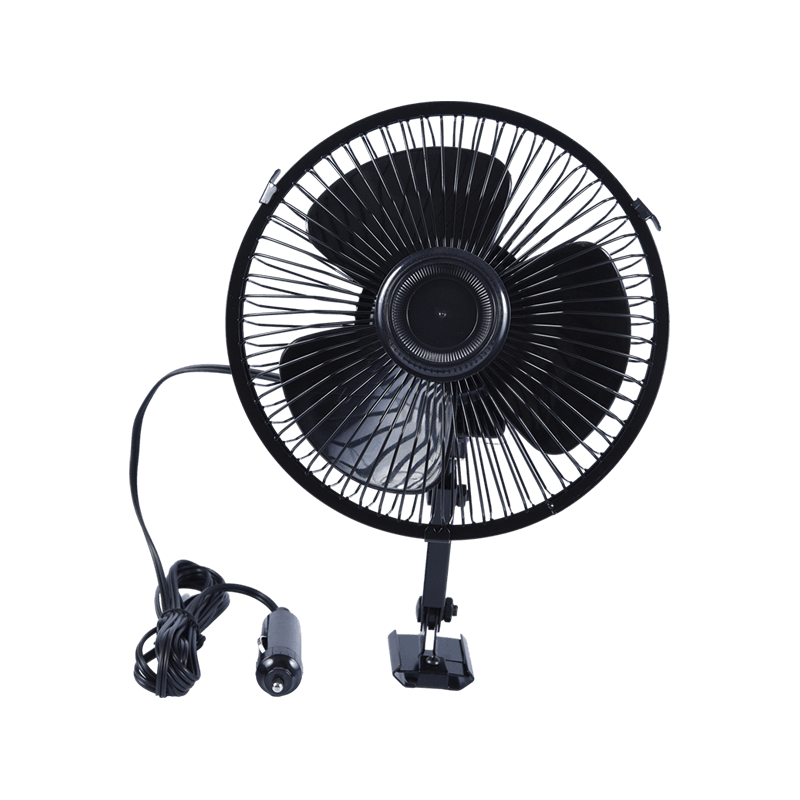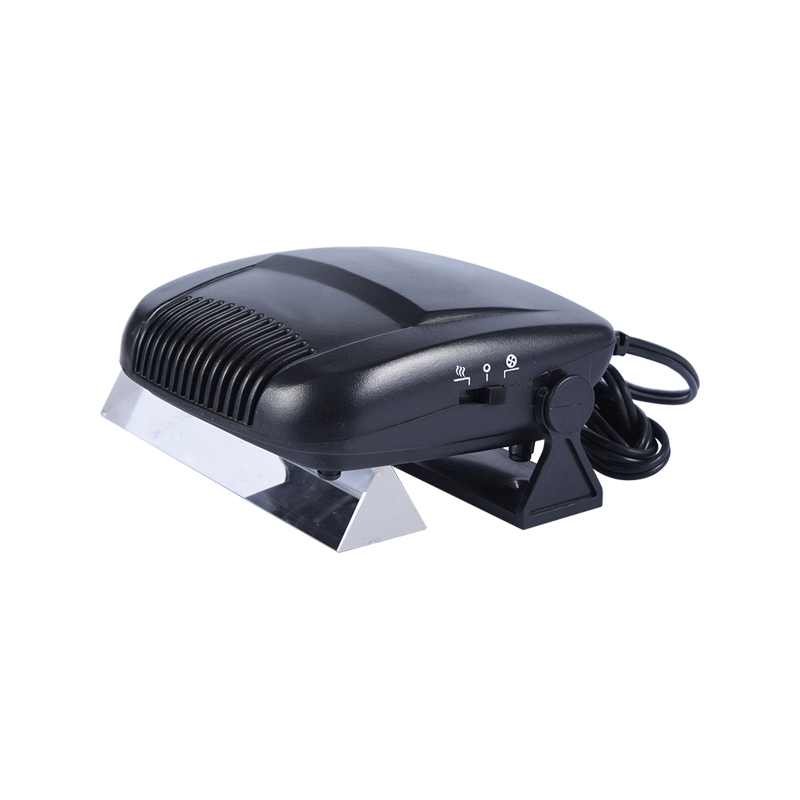The efficiency of the car heating system in winter directly affects driving comfort and safety. As a sophisticated heat recovery system that relies on engine waste heat, its working efficiency is closely related to the three major factors of vehicle thermal management, aerodynamic circulation, and heat exchange efficiency. Based on the first and second laws of thermodynamics, we have compiled the following proven optimization measures:
1. Pre-start warm-up strategy optimization
• Thermodynamic principle: The engine needs to reach the optimal operating temperature of 88-95℃ to generate effective waste heat
• Operation guide: Keep driving at low speed for 3-5 minutes after cold start (avoid idling in place)
• Professional tips: Installing an auxiliary heater (PTC heater) can shorten the preheating time by 40%
2. Air circulation mode selection
• HVAC system test data: The internal circulation mode heats up 35% faster than the external circulation
• Note: Switch to the external circulation for 3 minutes every 20 minutes to prevent the windows from fogging
• Advanced solution: Use an automatic air conditioning system with a humidity sensor
3. Heat exchange system maintenance
Coolant inspection: • The freezing point must be 10℃ lower than the local minimum temperature • The ethylene glycol concentration is recommended to be maintained at 40-60% • Replace every 2 years or 40,000 kilometers
Heater water tank cleaning: • A blockage rate of more than 30% will cause a 50% drop in heating efficiency • It is recommended to perform back flushing every 3 years
IV. Air flow optimization
• Replace high-quality air conditioning filter (PM2.5 filter type is recommended)
• Air duct cleaning: Use a visual endoscope to check for foreign matter accumulation
• Air outlet angle: Adjust to the best combination mode of "feet + windshield"
V. Application of intelligent temperature control technology
• Recommended setting temperature: 21-23℃ (fuel consumption increases by 2% for every 1℃ increase)
• Using ECON mode can save compressor power consumption
• For high-end models, it is recommended to activate seat/steering wheel heating to replace part of the heating demand
VI. Strengthening of vehicle body insulation
• The transmittance of window insulation film is ≥70% and infrared rays are blocked at the same time
• Door seal replacement cycle: every 5 years or when hardening occurs
• Experimental data: Effective insulation can reduce heat loss by 18%
VII. Predictive driving strategy
• Use the engine to cut off the oil and glide stage to keep the residual heat storage
• Turn off the compressor in advance on long downhill sections
• Turn off the heating system 5 minutes before parking


 English
English Português
Português عربى
عربى 中文简体
中文简体











